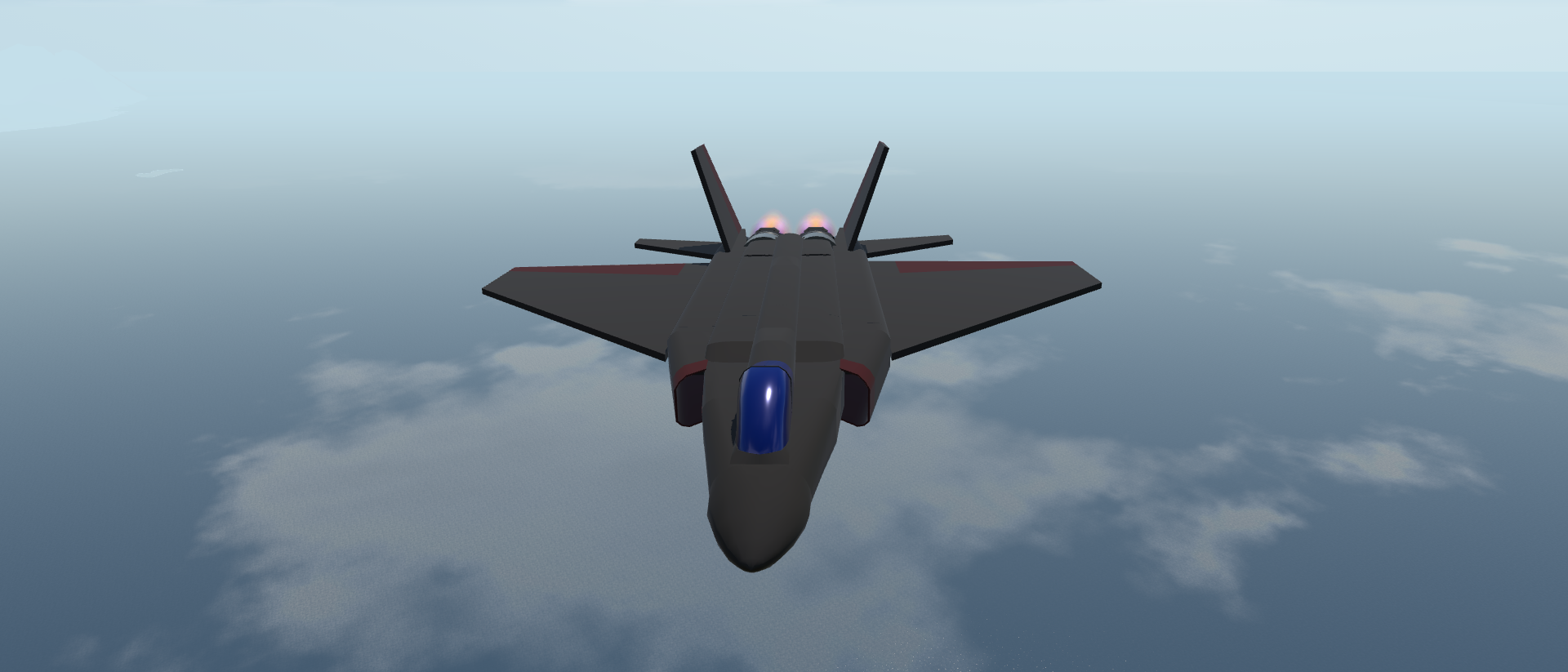C-36 Aquila
"That's an Aquila, kid. You and Aeovon need to turn around and land now. If that thing spots you it'll turn your ass into a hashtag faster than you can say 'tally ho on bandit.'"-Sabine Herig , over radio to Markko Lahti. (Paraphrased. Exact phrasing unrecorded.) The Cornibus C-36 Aquila is a Bardonese fifth-generation stealth multirole fighter. It currently represents the absolute peak of Erdezweian military aircraft, and the pride of the Vis Aerae. While a flight of C-15s can control and defend an airspace, and a P-45 Corvus can pummel any ground target it comes across, the C-36 can annihilate an artillery encampment on its way to reduce a hostile aircraft to twisted metal, then turn one more ground target into a fading memory on the way back.
Origins
While other nations remained content with fourth generation aircraft, theControversy
The development program for the C-36 (then titled the X-30 Program) was originally slated to last for five years. After ten years, a quadrupling of budget and three crashes during test flights (two of which were fatal), objections began to arise to the X-30 Program. Many began to believe that the X-30 Program was simply a pretext for giving taxpayer-funded bailouts to Cornibus, the corporation to which the X-30 program was entrusted. Others, more dedicated to the Spoilist cause but unable to rationalize the obvious issues with the X-30 program, instead accused Cornibus of scamming the government, and by extent the Bardonese people.Deployment
Then the program concluded. The X-30 became the C-36 Aquila, and it was sent out for its first combat sortie. Time and again, Coalition squadrons would be wiped out by the time they detected the Aquila on radar. Time and again, the Aquila proved a match for ten of any aircraft the Coalition could throw at it. Skeptics assumed that reports were exaggerated, but even the Coalition's own reports struggled to downplay the devastating effectiveness of the Aquila. Twelve years and half again the total expenditure of the Dacian Acquisition later, the C-36 delivered on every promise made at the program's inception.Power Generation
The C-36 has two jet turbine engines, and is capable of thrust vectoring. Notably, the C-36 Aquila is the first thrust vector capable aircraft to be deployed in combat. Previous aircraft were either technology demonstrators or high end private passenger jets.
Weapons & Armament
The C-36 is capable of carrying just about every air-delivered munition in the Vis Arae's inventory. Including air-to-air missiles, general purpose Volerium Lances, laser guided bombs and anti-ship missiles. These munitions can be carried either in the internal weapons bay of the aircraft or on pylons under each wing. Or, if stealth isn't a concern, weapons can be carried on both in a configuration known as "going loud."
Armor and defense
Like any modern era aircraft, the C-36 is equipped with flares that can be deployed to fend off enemy missiles. Otherwise, the primary defense of the C-36 lies in the very design of its airframe making radar lock more difficult to achieve. The design also features the use of radar absorbent materials, such as the paint used.
Owning Organization
Complement / Crew
1 Pilot, 1 Pilot and 1 WSO (certain variants)



Comments